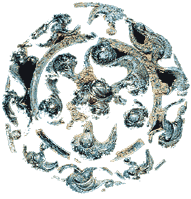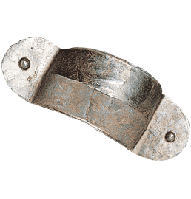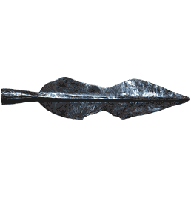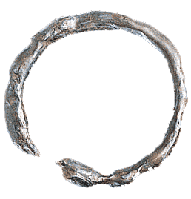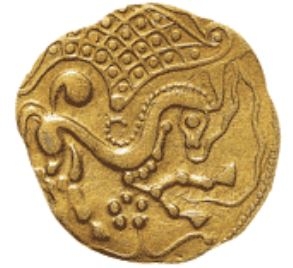- Home
- The city
- The first inhabitants
- Celtic settlements in the Paris region
Numerous burial places
The first traces of occupation in the Paris area during the Second Iron Age are mostly burial sites, particularly a number of graves containing weapons. Some graves are particularly rich in funerary objects-a sign of the deceased's social standing. These objects include a two-wheeled ceremonial chariot with shaft and yoke decorated with a number of bronze ornaments, Etruscan ceramics, and a set of wine cups. These aristocratic graves were sometimes associated with habitation areas (and perhaps places of worship), about which little is known.
EDecorative element of a chariot from a warrior's grave. Nécropolis at La Fosse Cotheret.
Roissy-en-France, Val-d'Oise.
Late 4th-early 3rd century BCE
© AFAN / C. Valero.
Part of a shield.
Rungis, 3rd century BCE
© LDA 94 / J.L. Lenée.
Fibula.
Rungis, 3rd century BCE.
© LDA 94 / J.L. Lenée.
spearhead.
© LDA 94 / J.L. Lenée.
Armband
3rd century BCE.
© LDA 94 / J.L. Lenée.
Centurion's Chain.
3rd century BCE.
© LDA 94 / J.L. Lenée.
Habitation sites on the riverbanks
Special attention should be paid riverbank sites, because they appear-according to Caesar in particular-to have played an important role in the region's organisation in the final years of Gallic independence. This is the case with the Saint-Maur-des-Fossés site, whose classic location in a loop of the river Marne strongly resembles an oppidum. The same is true for Meulan-les-Mureaux and Nanterre-les-Guignons, where Gallic occupation layers dating from the 2nd to the 1st century BCE have been found.
The Parisii
At this time, the Paris region was probably occupied by a Gallic population led by "merchant aristocrats". Their wealth came from control of the river and its tributaries, and they were probably already boatmen. They no doubt participated in the extensive trade with Italy, as the discovery of amphora fragments shows-the Gauls were great consumers of wine. This people had at least one oppidum. on an island in the Seine. The proof of this power-and the expression of the territory's political, economic and religious unity-is apparent in the gold coinage that appeared in the early 1st century BCE and is among the finest in Gaul.
This people must be the Parisii that Caesar mentioned in his Gallic Wars.
Gold coin of the Parisii, imitation of a stater of Philip II of Macedonia.
© BNF.
Gold coin of the Parisii, imitation of a stater of Philip II of Macedonia.
© BNF.
